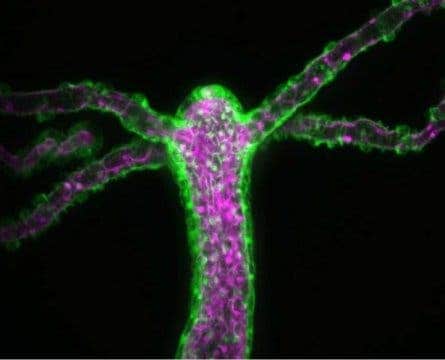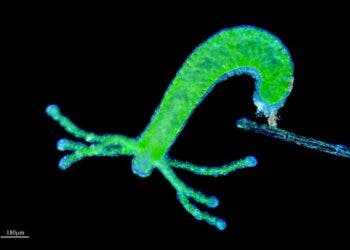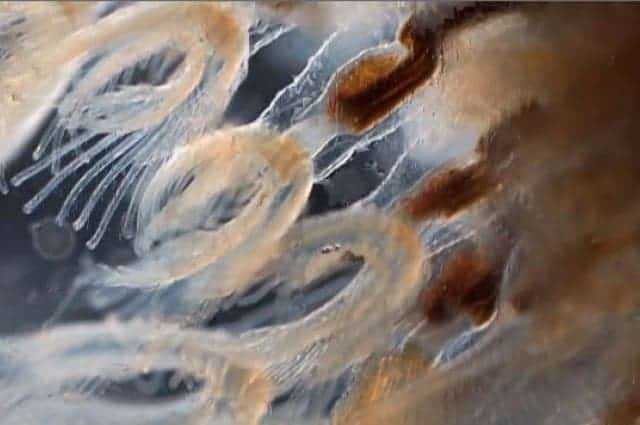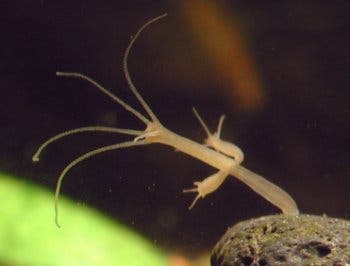Hydras are tiny freshwater animals which trap their prey with a set of tentacles. After they do so, they open their mouths to eat the prey. Now, that wouldn’t be a big challenge for most animals, but hydras have to actually tear up their skin to open their mouth.

Credit: Callen Hyland
Hydras are quite strange creatures. We’ve written before about how they seem to be virtually immortal and how studying their genes could pave the way for our own longevity. Hydras also have the ability to regenerate their tissue very quickly. But it’s not all fun and games for hydras – something as simple as opening the mouth can be a tearing task.
The hydra’s mouth is sealed into a continuous sheet of tissue and opening it requires dramatic morphological changes. Researchers chemically tagged some of these cells and learned that these cells would rather break apart than move.

Credit: Image courtesy of University of California – San Diego
“It’s fascinating that Hydra has to tear a hole every time it opens its mouth,” said Eva-Maria Collins, a biophysicist at the University of California, San Diego and lead author of the study. “And that this process happens so quick; this was the first indication to us that mouth opening did not involve cellular rearrangements.”
At the free end of the body is a mouth opening surrounded by one to twelve thin, mobile tentacles. The hydra only opens its mouth when it’s sure it grabbed some prey, and when it wants to spit any remains. When they added magnesium chloride (a muscle relaxant) in the water, hydras didn’t open their mouth at all.
“The fact that the cells are able to stretch to accommodate the mouth opening, which is sometimes wider than the body, was really astounding,” says Collins. “When you watch the shapes of the cells, it looks like even the cell nuclei are deformed.”
Because the hydra is such a simple animal, it offers researchers the possibility to study the process in detail.
“We can try to understand what look like very complicated processes in the living animal with relatively simple physics,” Collins says.
However, why an animal would develop such a complicated and tough way to open its mouth still remains anyone’s guess. We also don’t know what the physiological effects are – does the hydra consume more energy to “fix” its mouth each time it gets broken? Does it save energy by having it sealed shut most of the time? Collins and her team will try to answer these questions in the future.
Journal Reference:
- Jason A. Carter, Callen Hyland, Robert E. Steele, Eva-Maria S. Collins.Dynamics of Mouth Opening in Hydra. Biophysical Journal, 2016; 110 (5): 1191 DOI: 10.1016/j.bpj.2016.01.008






